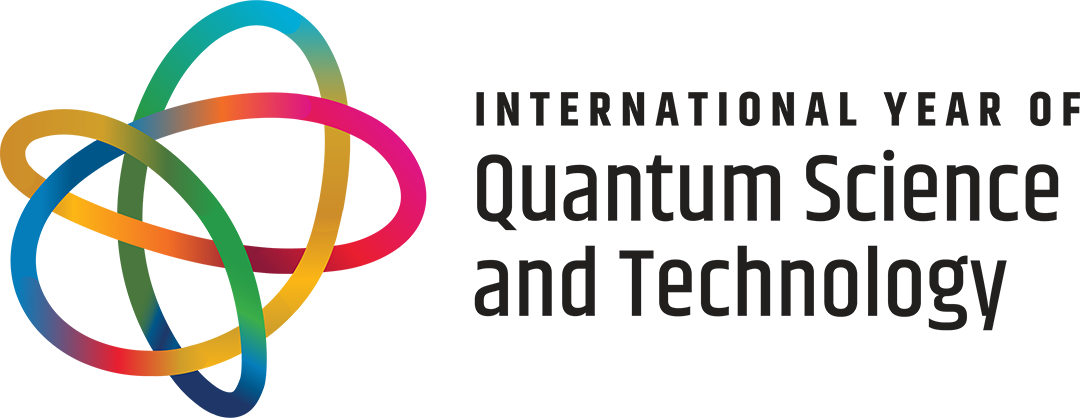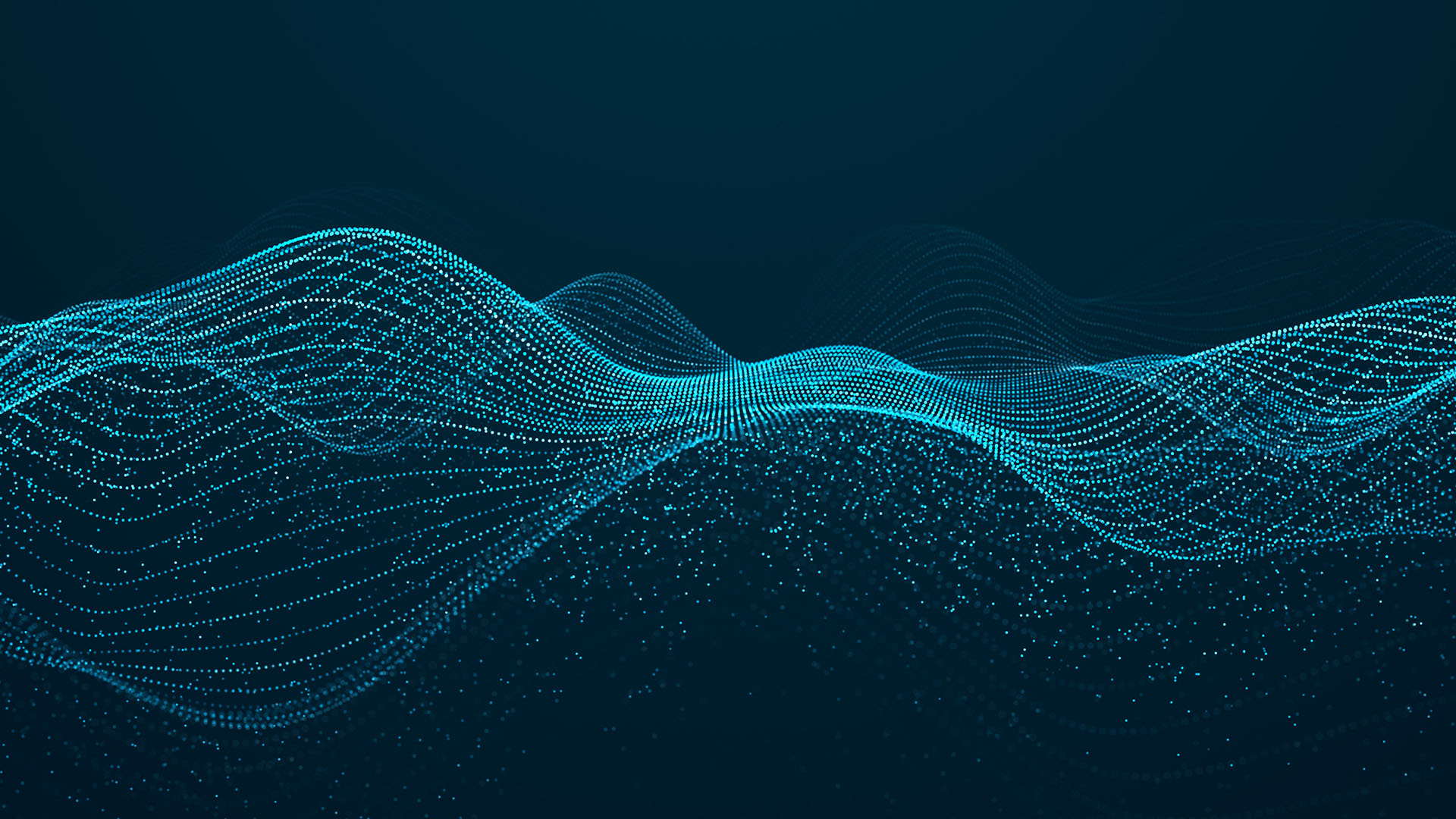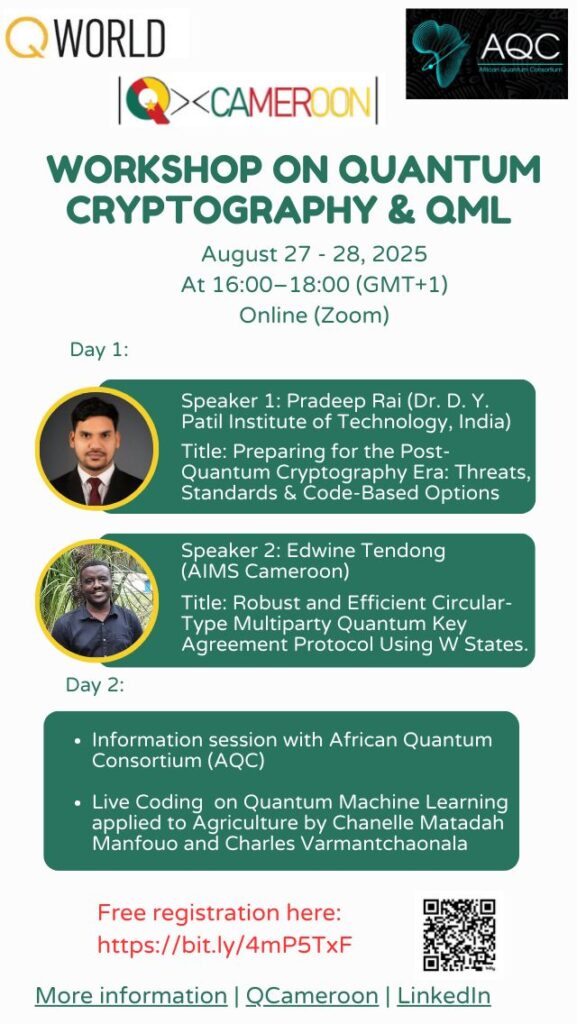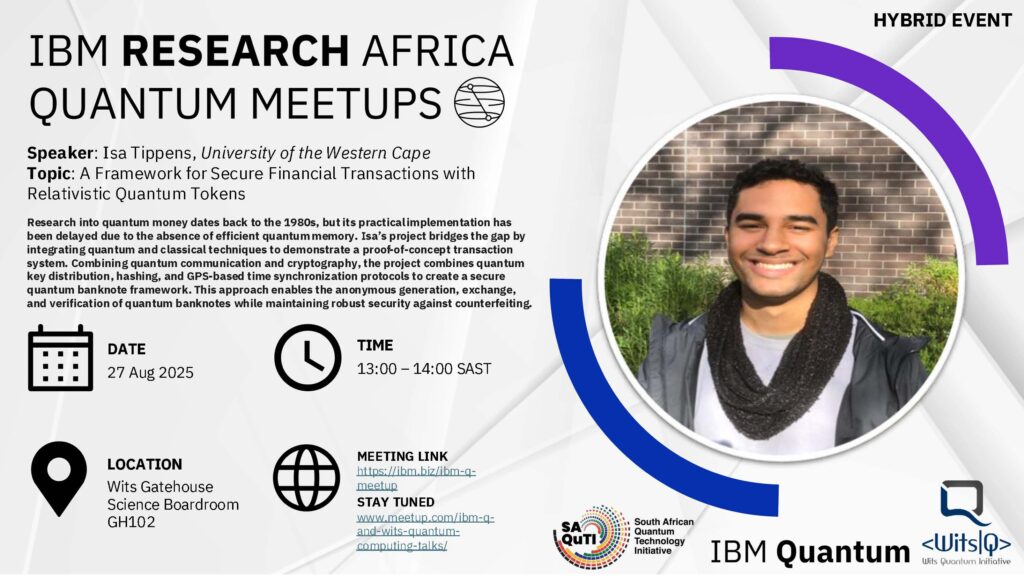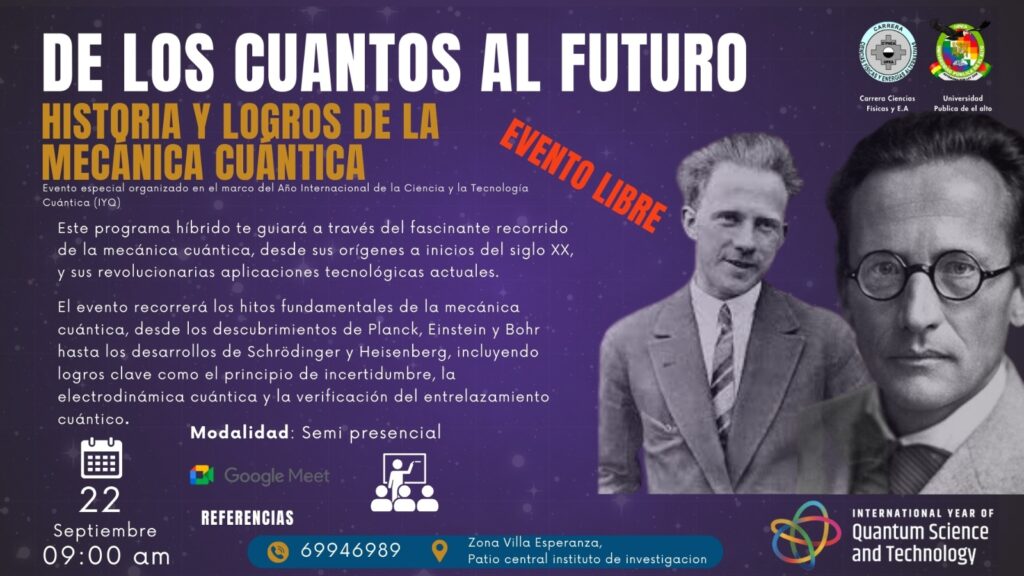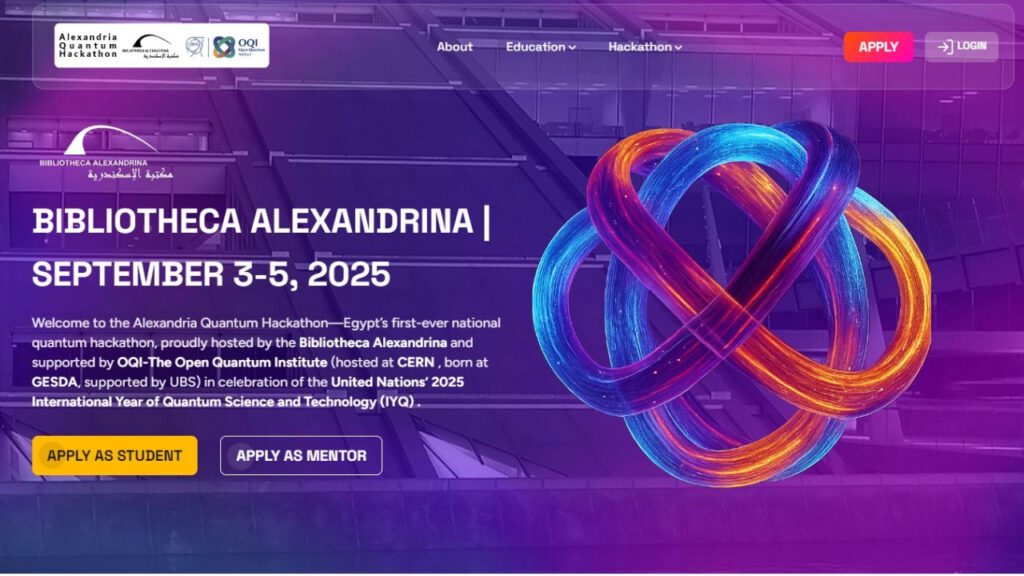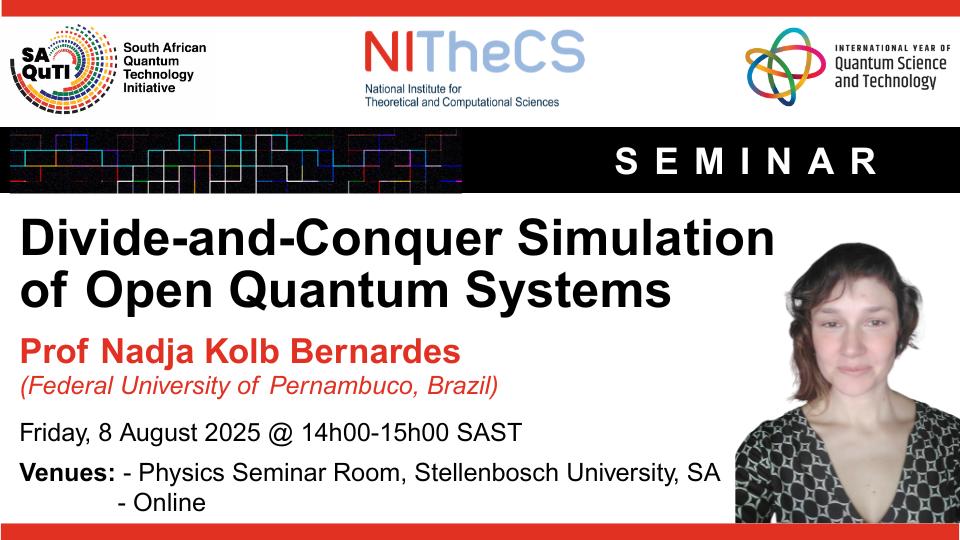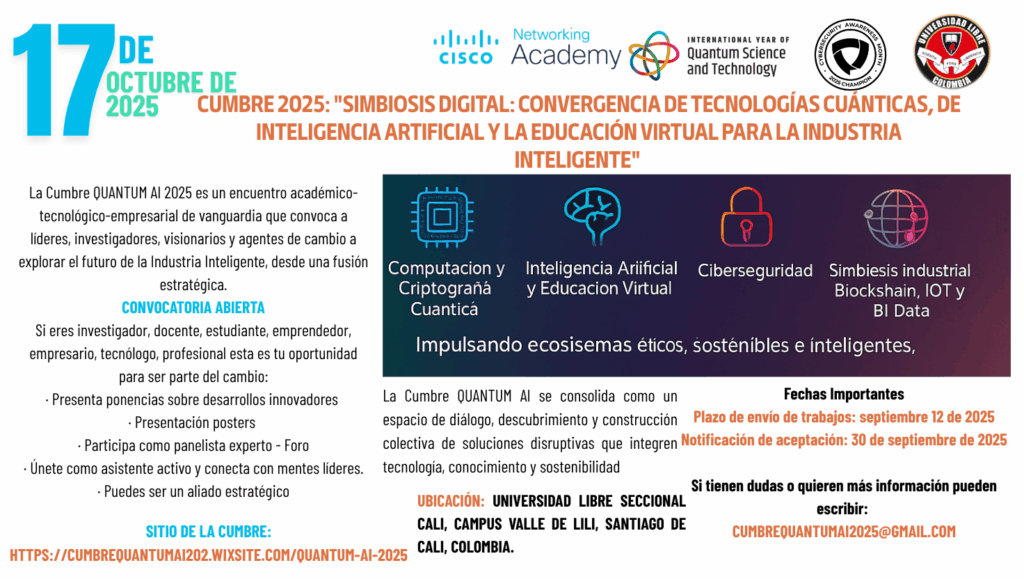La Cumbre QUANTUM AI 2025 es un encuentro académico-tecnológico-empresarial de vanguardia que convoca a líderes, investigadores, visionarios y agentes de cambio a explorar el futuro de la Industria Inteligente, desde una fusión estratégica de la fusión estratégica de las tecnologías (entre otras):
• Computación Cuántica
• Criptografía Cuántica
• Ciberseguridad
• Inteligencia Artificial (IA)
• Educación Virtual, Agentes Virtuales de IA
• IA Generativa en la Educación
Este año, con el respaldo de la ONU, la UNESCO y UNICEF, el 2025 ha sido proclamado como el Año Internacional de la Ciencia y la Tecnología Cuánticas (IYQ), reconociendo su impacto potencial para resolver desafíos globales.
Además, la Cumbre se realizará en el mes de octubre, que es el mes dedicado a la ciberseguridad a nivel mundial.
En este contexto histórico, la Cumbre QUANTUM AI se consolida como un espacio de diálogo, descubrimiento y construcción colectiva de soluciones disruptivas que integren tecnología, conocimiento y sostenibilidad.
Bajo el concepto de realizar una Simbiosis Digital e Industrial, la cumbre plantea cómo la convergencia ética y colaborativa de estas tecnologías puede transformar radicalmente los modelos productivos, educativos y sociales. No se trata solo de usar tecnología, sino de crear ecosistemas donde humanos y máquinas trabajen juntos, de forma inteligente, sostenible y ética.
En la cumbre se considera la simbiosis industrial como puente hacia la industria inteligente, dado que aporta el marco perfecto para acelerar la transición hacia una industria inteligente. A través del intercambio estratégico de recursos, datos, energía y conocimientos entre organizaciones, este enfoque:
- Digitaliza los flujos de recursos, promoviendo el uso de plataformas con IoT, Blockchain y Big Data para gestionar materiales, energía y residuos de forma eficiente
- Fomenta ecosistemas colaborativos, donde empresas, incluso de distintos sectores, cooperan para transformar subproductos en oportunidades de negocio.
- Integra automatización e inteligencia artificial para optimizar procesos industriales en tiempo real, reduciendo desperdicios y mejorando la eficiencia.
- Impulsa la sostenibilidad inteligente, haciendo que la industria no solo sea más competitiva, sino también respetuosa con el medio ambiente y con la sociedad.
- Activa nuevos modelos de negocio, conectando empresas en redes productivas digitales basadas en confianza, trazabilidad y transparencia.
Cuando la Simbiosis Industrial se apoya en tecnologías como la IA y la computación cuántica, el resultado es una industria más adaptativa, eficiente, ética y resiliente.
La Cumbre QUANTUM AI 2025 reconoce el modelo de la Cuádruple Hélice como eje para la innovación con impacto:
• La academia genera conocimiento y forma talento
• La industria aplica y escala soluciones disruptivas
• El gobierno regula, incentiva y financia
• La sociedad civil aporta visión ética, creativa y socialmente relevante
Más que un evento, la Cumbre es una experiencia transformadora que tiene un enfoque pedagógico, inspirador e innovador. No se trata solo de compartir conocimiento, sino de encender pasiones, activar ideas, motivar alianzas y cocrear proyectos con impacto real.
Convocatoria abierta
Si eres investigador, docente, estudiante, emprendedor, empresario, tecnólogo, profesional esta es tu oportunidad para ser parte del cambio:
• Presenta ponencias sobre desarrollos innovadores
• Presentación pósters
• Participa como panelista experto – Foro
• Únete como asistente activo y conecta con mentes líderes.
• Puedes ser un aliado estratégico
Fechas Importantes
Plazo de envío de trabajos: septiembre 12 de 2025
Notificación de aceptación: 30 de septiembre de 2025
Día de la Cumbre: 17 de octubre de 2025.
Dudas o más información:
cumbrequantumai2025@gmail.com
La revolución ya comenzó: no vengas solo a observar… Ven a construirla.
Cumbre QUANTUM AI 2025: El epicentro donde la tecnología, el conocimiento y la acción dan forma al futuro.
